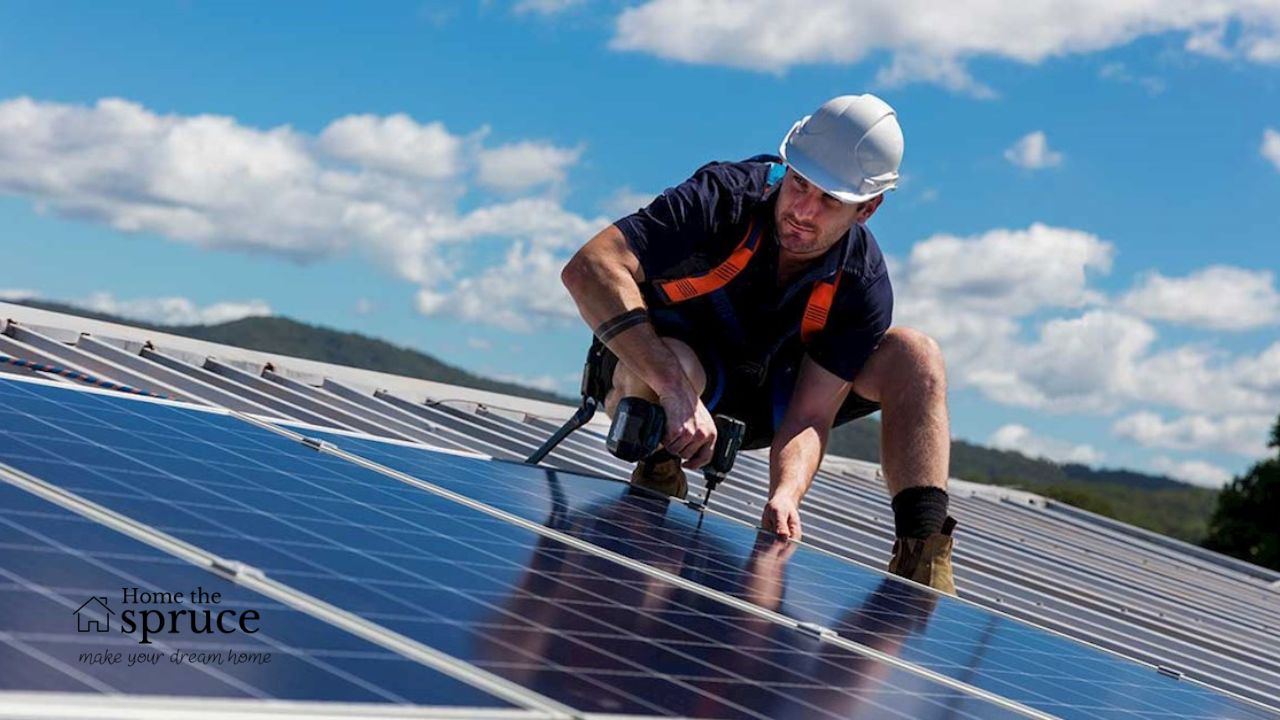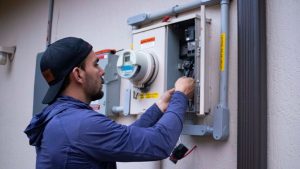Homeowners are investing in smarter, more energy-efficient upgrades than ever before. Solar panels, HVAC systems, and modern rooftop features like green roofs and skylights are transforming residential living. These additions boost property value, reduce utility costs, and enhance comfort. But before these benefits become a reality, there is one critical phase that often goes unnoticed: the installation.
Installing large, heavy equipment on rooftops isn’t just about lifting and setting it down. It calls for careful planning, specialized tools, and most importantly, rigging equipment that ensures safety and stability throughout the entire process. Whether you’re a homeowner managing an installation or a contractor coordinating the lift, understanding the importance of rigging is crucial for a safe and successful result.
Why Rigging Matters in Rooftop Installations
Rigging involves the equipment and techniques used to lift, position, and secure heavy loads. In residential settings, this includes hoisting solar panels onto sloped roofs, placing HVAC units on flat surfaces, or installing skylights and satellite dishes. These items are often bulky, fragile, and difficult to maneuver without mechanical help.
Improper lifting can lead to equipment damage, personal injury, or structural harm to the home. Rigging provides the control and accuracy necessary to position these items correctly without risk.
Common Rooftop Installations That Require Rigging
Solar Panel Systems
Solar panels are designed to absorb sunlight, not to withstand rough handling. Although they are relatively thin, they can be quite heavy when many are combined and are very fragile. Rigging systems help lift multiple panels safely to the roof.
Sloped rooftops increase complexity. Rigging tools like rope grabs, lifting frames, and controlled descent systems help ensure installer safety while allowing efficient work. In larger setups, lifting beams and cranes may be used to lift multiple panels at once and evenly distribute their weight during installation.
HVAC Units
Modern heating and cooling units are compact but still very heavy. Rooftop HVAC units, in particular, require extreme caution. Lifting one onto the roof without damaging internal components or risking structural strain is not something you do manually.
This is where chain hoists, spreader bars, and rigging slings come into play. These tools assist in lifting the unit vertically and positioning it precisely on rooftop curbs or platforms. Without rigging, aligning the unit correctly would be nearly impossible, and the risk of tipping or shifting would grow significantly.
Rooftop Features and Add-Ons
From custom pergolas and skylights to green roof sections and solar water heaters, rooftop features come in various shapes and sizes. But they all share one thing in common—they must be lifted into place safely.
Depending on the complexity, rigging gear may include manual winches for smaller features or gantry cranes and rigging clamps for larger components. Flexible slings or adjustable spreaders can fit unusual shapes and distribute loads during the lift, which helps prevent damage and improves precision.
Key Rigging Tools Used in Rooftop Work
- Lifting Slings
Soft yet durable, lifting slings are ideal for securing delicate or finished items like solar panels and metal parts. They wrap around the load and provide support without harming the surface. - Chain Hoists and Winches
These tools allow for precise lifting and lowering of heavy objects. Manual chain hoists are typically used in smaller projects, while electric winches enable quicker completion of larger setups. - Lifting Beams and Spreader Bars
Used to spread weight across multiple points, these tools prevent bending or twisting during lifting. They are especially useful for longer items or when multiple anchor points are needed. - Rigging Hardware
This includes shackles, hooks, eye bolts, and pulleys. Each component plays a role in securely attaching the load to the lifting system and managing angles and tension during movement.
Safety First: Rigging Reduces Risk
Safety is the main reason to use proper rigging during rooftop installations. Working at heights already involves risks. Add lifting several hundred pounds of equipment, and the margin for error becomes very small.
Rigging systems minimize these risks by:
- Providing safe control of heavy loads during lifting and lowering.
- Helping crews keep safe distances from moving equipment
- Supporting the structural integrity of the roof and equipment.
- Preventing accidental drops or shifts caused by poor balance or anchoring.
Professionals also utilize fall protection systems with rigging gear to ensure everyone’s safety on the roof.
When to Call in a Professional Rigger
While some homeowners may feel comfortable with basic DIY projects, rooftop installations involving rigging should be performed by trained professionals. Not only do professionals have access to the proper equipment, but they also know how to assess load limits, select anchor points, and work safely at heights.
If your installation involves:
- Lifting anything over 100 pounds to a roof
- Multiple points of lift or anchoring
- Fragile or expensive equipment
- Steep or difficult roof access
Then, a rigging contractor or an experienced installation team is your best option.
Final Thoughts: Behind Every Smart Upgrade Is Strong Support
Solar panels, HVAC systems, and rooftop upgrades are valuable additions to any home. They offer long-term benefits such as energy savings, increased comfort, and enhanced curb appeal. However, before these advantages can be realized, the systems working behind the scenes must function properly.
Rigging equipment guarantees that the entire installation process is safe, stable, and efficient. It allows professionals to lift and position heavy, awkward items without damaging your roof or risking injury. So the next time you look up at a sleek row of solar panels or enjoy the cool breeze from a new AC unit, remember the unseen strength that made it possible.
Your home becomes smarter and safer because of it.
Admin Recommendation
Mistakes to Avoid When Repairing Your Home
What Are Manufactured and Modular Homes
What Efficiency Means for the Modern Home








